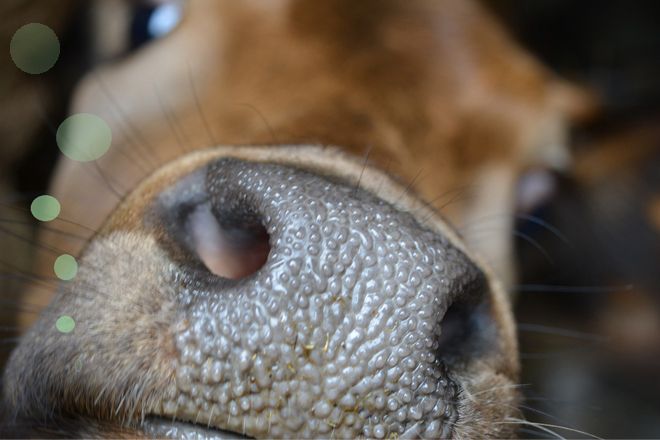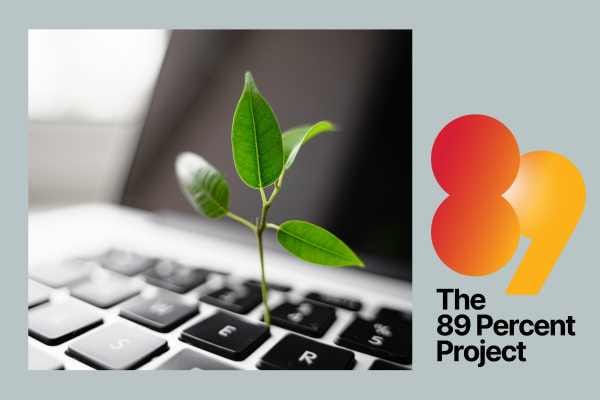Has science solved cattle emissions?
Bovine burps form a surprisingly large portion of global warming gasses. Can seaweed save the day?

A new discovery could pave the way for ultra-low carbon beef and dairy produce.
Belching bovines are responsible for a surprisingly large portion of the world’s global warming gasses. Now scientists say they have stumbled upon the answer.
A specific type of seaweed called Asparagopsis has been found to significantly reduce the methane emissions produced by cattle and sheep when used as a livestock feed supplement.
Contrary to popular belief, 90 per cent of methane actually comes from cow burps, not farts, and the animals that produce it are said to contribute the equivalent of five per cent of human-generated greenhouse gases.
If only 10 per cent of the world’s livestock industry used the seaweed supplement, this would have the same positive climate effect as removing 100 million cars from the road, says FutureFeed, the business entity driving commercialisation efforts.
As an added bonus, because around 12 per cent of feed is lost as methane emissions, Asparagopsis can also boost production.
So what’s the catch? Scaling up production of the seaweed to commercial quantities is the main obstacle.
"We plan to use part of the prize to establish a fund to enhance the participation of Aboriginal and other First Nations People around the world."
FutureFeed recently won a $1 million international prize for the technology, which it plans to use to help foster seaweed production. It says it will create an international commercial fund to help First Nations communities generate income from cultivating and selling the seaweed.
“We plan to use part of the prize to establish a fund to enhance the participation of Aboriginal and other First Nations People around the world in Asparagopsis supply chains,” Dr Michael Battaglia, CSIRO scientist and Director of FutureFeed said.
“Already in Australia we have agreements between the Indigenous Land and Sea Corporation involving the Narrunga Nation Aboriginal peoples, and a seaweed growing company CH4 with the intent to develop commercial-scale Asparagopsis cultivation and processing to generate maximum benefit for the Narrunga people.”
FutureFeed was established by the Commonwealth Scientific and Industrial Research Organisation (CSIRO), an Australian Government agency responsible for scientific research. FutureFeed partners are Meat and Livestock Australia (MLA) and James Cook University (JCU).
The tech:
Asparagopsis seaweed produces special substances containing bromine that prevents the completion of methane construction by reacting with vitamin B12 at the last step. This disrupts the enzymes used by the specific gut microbes that produce high energy methane gas as waste during digestion. The seaweed itself is not highly processed and is kept intact as ground or flaked seaweed biomass. To preserve the bioactivity, low temperature drying is a must and freeze drying is ideal. Alternative processing techniques are under investigation.
Who funds it:
FutureFeed was established by the CSIRO and its partners are Meat and Livestock Australia and James Cook University.
Is it ready to roll:
Scaling up production of the seaweed to commercial quantities is the main obstacle to its mainstream adoption.





